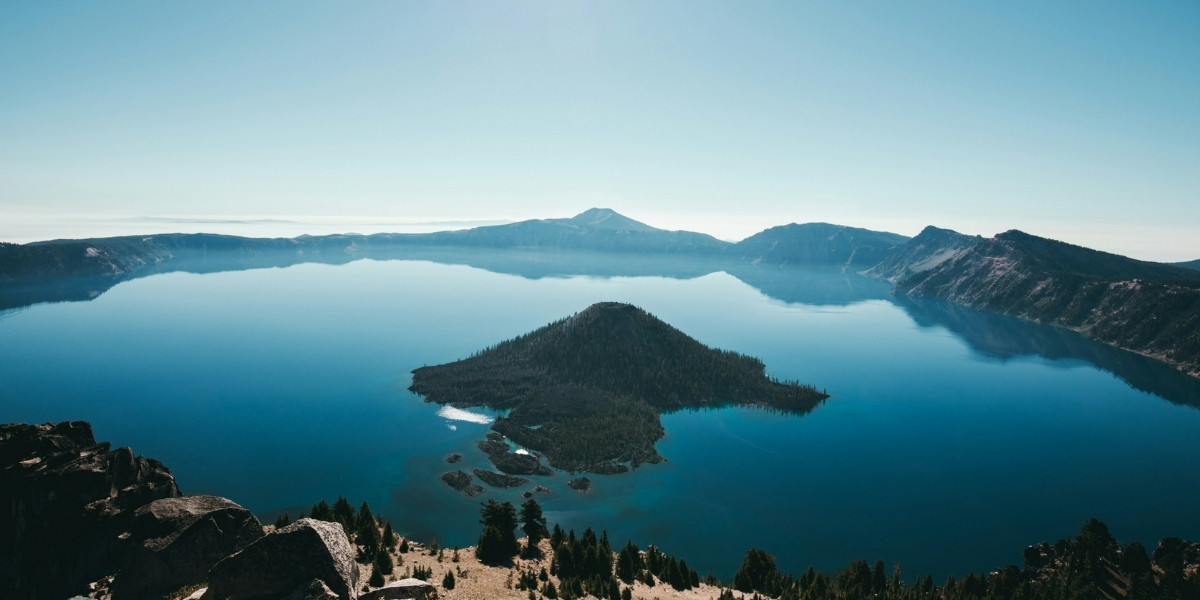Understanding Earth’s Climate Future
The idea of another ice age sparks curiosity and concern alike. For centuries, Earth’s climate has experienced dramatic swings, cycling between warmer and colder periods. While we live in an unusually warm era now, the planet’s history suggests colder times have occurred regularly. But could the world plunge back into an ice age anytime soon? Understanding the science behind these cycles reveals a complex balance between natural forces and human influence.
Read Also: Navigating the World of Photography: Choosing the Right Camera
What Causes Ice Ages? The Planet’s Rhythmic Cooling
Ice ages happen due to long-term shifts in Earth’s climate. These shifts are influenced by variations in Earth’s orbit, known as Milankovitch cycles. Changes in the tilt, shape, and wobble of Earth’s path around the sun affect how sunlight reaches the surface. Over tens of thousands of years, these patterns can reduce solar energy, allowing glaciers to grow and temperatures to drop.
But the climate system is far from simple. Volcanic activity, ocean currents, atmospheric gases, and the arrangement of continents also play roles in triggering or ending ice ages. Natural feedback loops, such as increasing ice cover reflecting sunlight back into space, help push the planet into colder states.
When Was the Last Ice Age and How Did It End?
The most recent ice age peaked about 20,000 years ago during the Last Glacial Maximum. Vast ice sheets covered North America, Europe, and Asia. Since then, Earth has warmed steadily, retreating glaciers and ushering in the current warm period known as the Holocene.
Scientists study ice cores, sediment layers, and fossil records to understand how the climate shifted so dramatically. One key factor ending the last ice age was changes in Earth’s orbit increasing summer sunlight, combined with rising greenhouse gases like carbon dioxide.
Is Human Activity Delaying the Next Ice Age?
Unlike past natural cycles, the modern climate is heavily influenced by human activity. Burning fossil fuels and deforestation have increased atmospheric greenhouse gases, trapping heat and raising global temperatures. Some researchers suggest this human-caused warming may delay or even prevent the next natural ice age.
However, this idea is complex. While greenhouse gases warm the planet, other factors like volcanic eruptions or solar variability could still influence climate. Human impact has introduced new uncertainties into the timing and intensity of future climate cycles.
Could Natural Forces Still Trigger an Ice Age Soon?
Earth’s climate system remains vulnerable to natural triggers. For instance, a series of large volcanic eruptions could inject particles into the atmosphere, reflecting sunlight and cooling the planet temporarily. If such events occurred in combination with orbital patterns favoring less sunlight, they might accelerate cooling.
Still, most climate models predict that any future ice age would not begin for tens of thousands of years under current conditions. The overwhelming effect of elevated greenhouse gases appears to be maintaining warmer temperatures longer than previous cycles.
What Would an Ice Age Mean for Life on Earth?
Ice ages reshape ecosystems, geography, and human civilization. Massive ice sheets can cover large portions of continents, forcing plants and animals to migrate or adapt. Sea levels drop dramatically as water freezes into glaciers, exposing new land but flooding coastal areas elsewhere when ice melts.
For humans, past ice ages have influenced migration patterns and cultural development. A sudden return to ice age conditions could challenge agriculture, infrastructure, and energy systems built around warmer climates.
How Scientists Study Ice Ages Today
Researchers use multiple tools to study past ice ages and forecast future climate trends. Ice cores drilled in Antarctica and Greenland trap air bubbles from thousands of years ago, revealing historical temperatures and greenhouse gas levels. Sediment layers and fossil pollen provide clues about vegetation and temperature changes over millennia.
Advanced computer models simulate Earth’s climate system, combining data on solar radiation, atmospheric chemistry, and ocean circulation. These models help scientists understand the delicate interplay of forces driving ice ages and warm periods.
Balancing Natural Cycles and Human Impact
Understanding whether another ice age could happen means balancing long-term natural cycles with immediate human effects. While Earth’s climate has cooled and warmed naturally over millions of years, the speed and scale of current human-driven warming are unprecedented.
Some experts warn that ignoring this balance could lead to abrupt climate shifts or unexpected consequences. Others emphasize that mitigating greenhouse gas emissions remains the most effective way to maintain a stable climate and avoid extremes.
Could Geoengineering Influence Future Ice Age Cycles?
As climate concerns grow, some scientists propose geoengineering—deliberate interventions to cool the planet. Ideas include injecting reflective particles into the atmosphere or enhancing cloud brightness to reduce solar absorption.
While geoengineering might theoretically trigger cooling, its risks and ethical implications are significant. Unintended consequences could disrupt weather patterns or harm ecosystems. Current consensus encourages caution and prioritizes emission reductions over technological fixes.
Read Also: Earth Hour: Highlighting Global Unity for a Greener Future and Climate Awareness
What Can Individuals Do to Help Climate Stability?
While ice age timing is beyond any single person’s control, collective actions impact the planet’s climate trajectory. Reducing carbon footprints through energy efficiency, renewable energy use, and sustainable living helps slow warming trends. Supporting policies focused on conservation and emission cuts amplifies this impact.
Public understanding of climate history—including ice ages—builds support for responsible stewardship. When people grasp Earth’s natural rhythms and human influence, they are better equipped to make informed choices.








